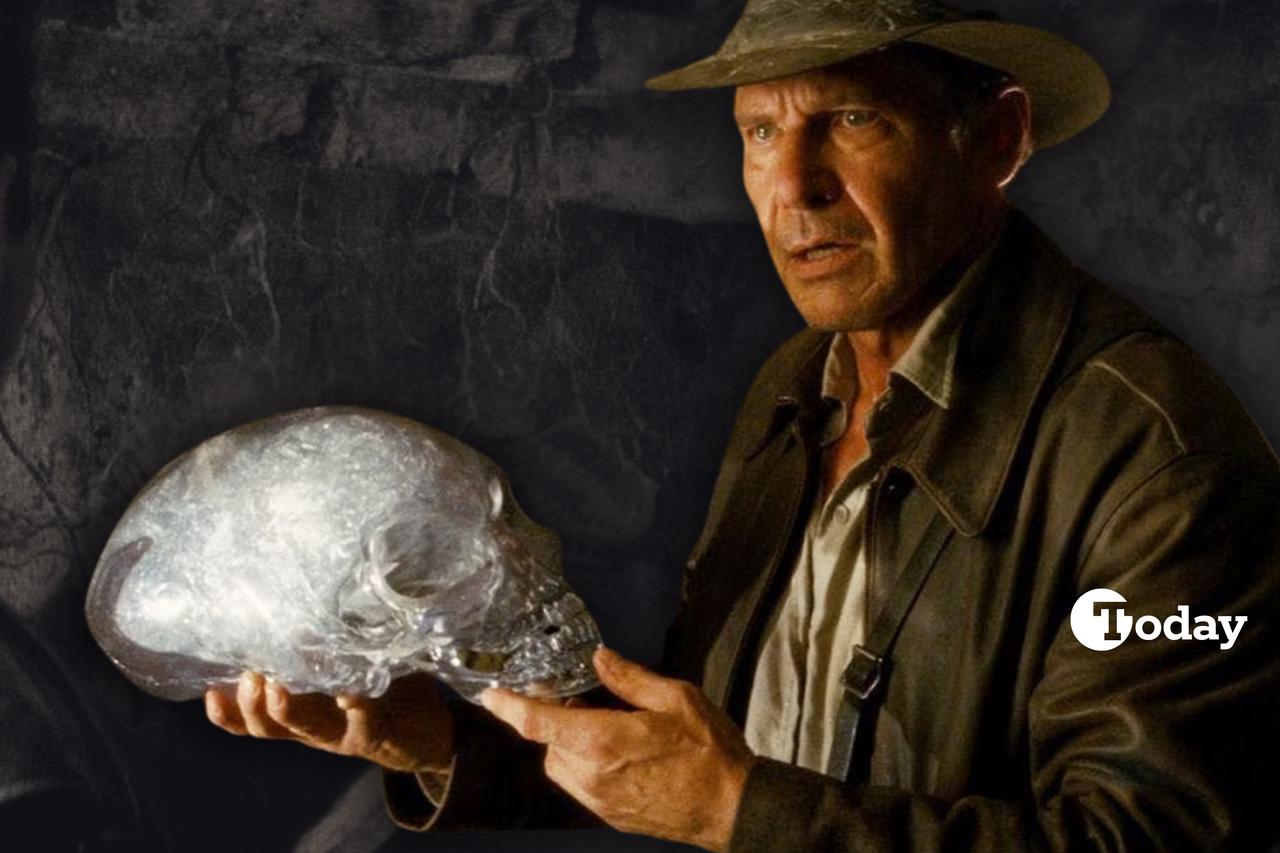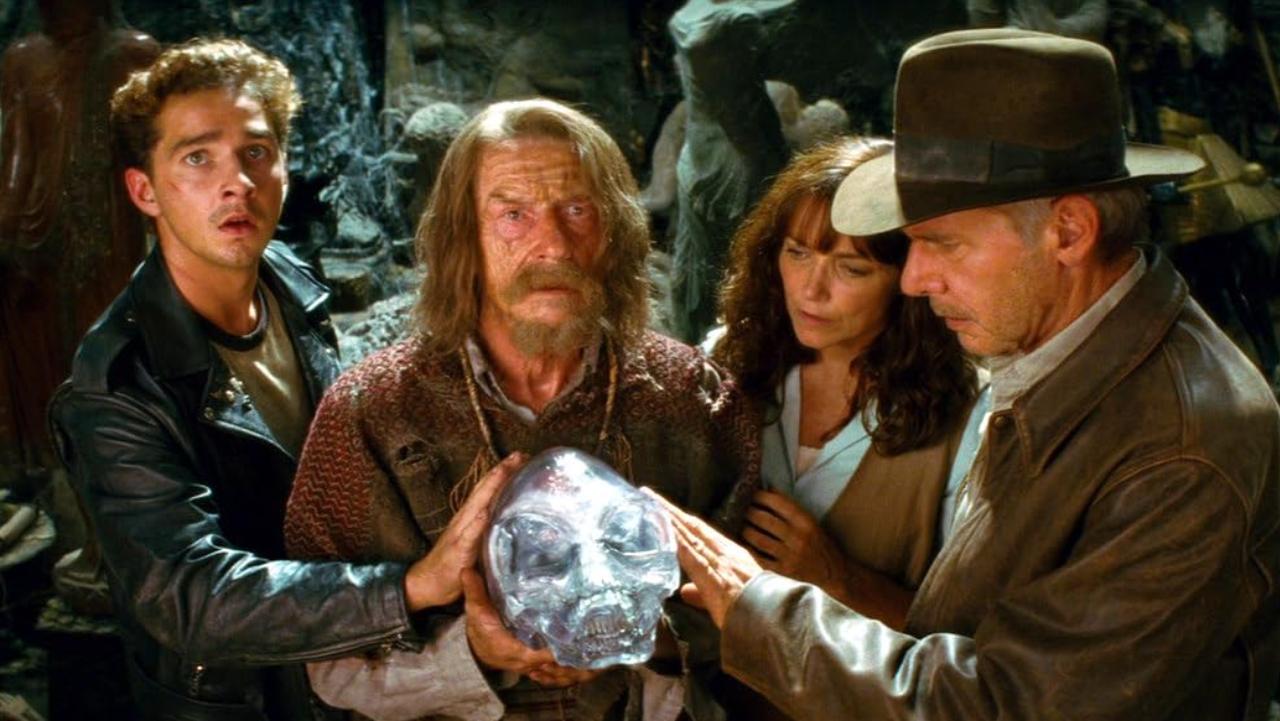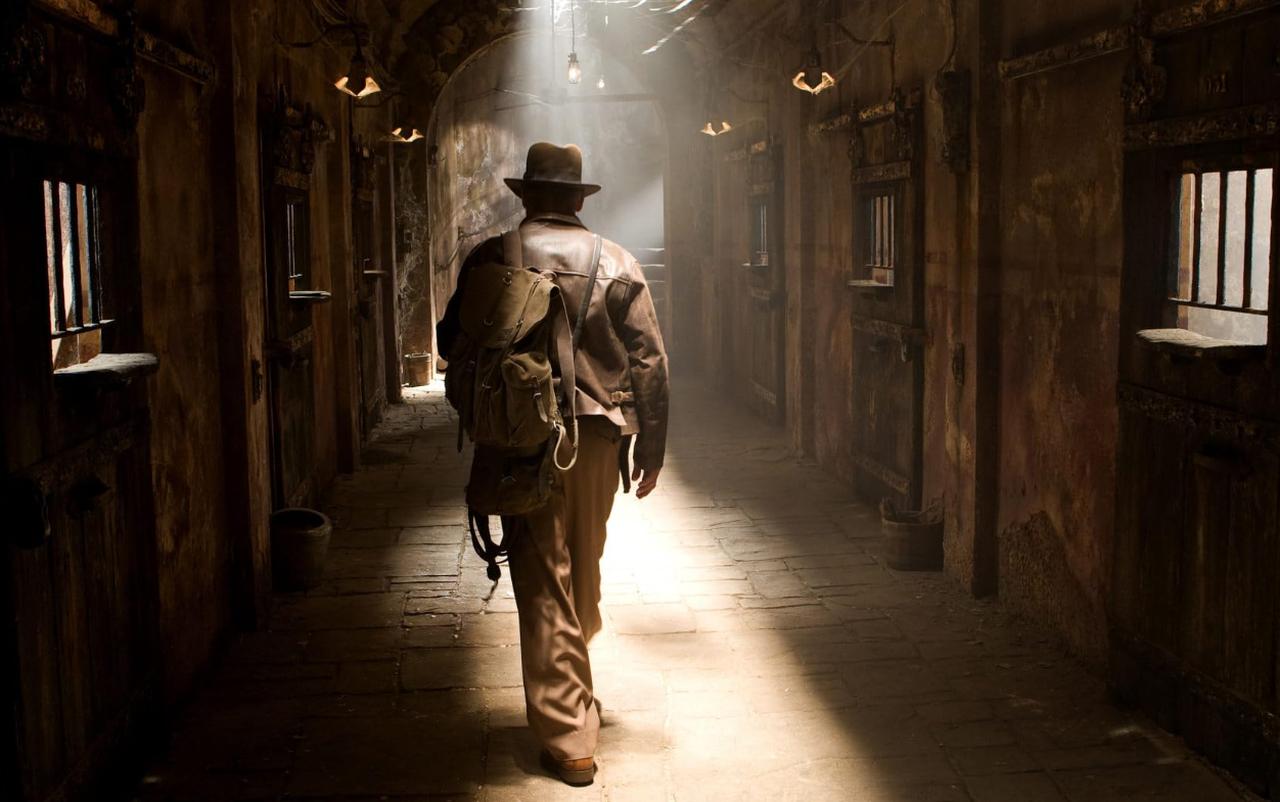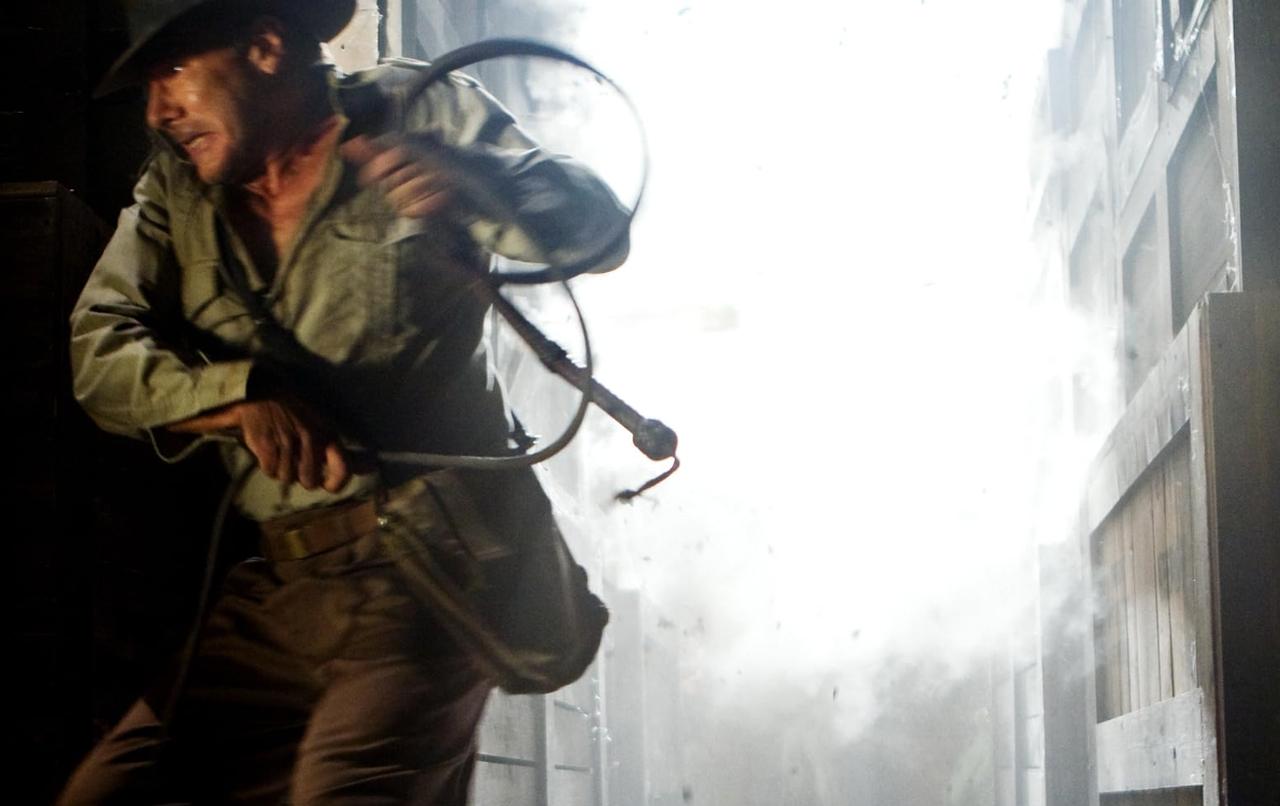
From swinging whips to deciphering ancient tombs, Indiana Jones has long been the face of adventure archaeology. But just how accurate is his cinematic portrayal of the real science of archaeology?
A closer look at Indiana Jones' movies reveals that while there are glimpses of scientific truth, the film largely trades realism for spectacle.

In one early scene, Indiana Jones examines a character’s teeth and quickly deduces their possible origin in the Kingdom of the Crystal Skull. While this may seem like classic Hollywood exaggeration, it’s actually rooted in genuine anthropological science, though not with such flair.
Experts such as Yaacob, Nambiar, and Naidu note the difficulty of identifying racial affinity solely from dentition, calling it “a difficult endeavor.” Still, there are certain dental traits—like shovel-shaped incisors in Mongoloid populations or taurodontism—that can offer clues about a person’s ethnic background.
Kewal Krishan and colleagues explain that each individual has unique dental features, and that characteristics such as Carabelli’s cusp or protostylid patterns can aid archaeologists and forensic scientists in mapping human diversity across time and space.
Modern techniques even allow for DNA extraction from teeth and bones. According to Konikoff Dentistry, this can help trace human remains to specific regions, adding biological context to archaeological narratives.
So yes, teeth can provide information about origin and ancestry—but not in the blink-of-an-eye way Indiana Jones demonstrates. As Rawlani et al. reinforce, such analysis is intricate and often requires laboratory support and a comparative dataset.

Another scene from the Kingdom of the Crystal Skull shows Indiana Jones locating an artifact using what appears to be magnetic attraction. Although stylized for dramatic effect, this scene gestures toward a real archaeological technique: magnetometry.
Kenneth L. Kvamme defines “remanent magnetism” as the magnetism that remains in materials even after the original magnetic field is removed. This principle is harnessed in geophysical surveys using magnetometers, devices that detect changes in magnetic fields caused by buried features or objects.
Bevan and Smekalova describe how many archaeological artifacts, especially those rich in iron, become magnetically altered through cultural processes like heating or smelting. This allows archaeologists to map sites non-invasively—a method far more grounded and methodical than waving around a magnetic compass in a dusty warehouse.

Although the Indiana Jones films do tap into real archaeological concepts, they dramatically simplify or fictionalize them. Fieldwork rarely involves treasure hunts or high-speed chases. Instead, it demands careful excavation, long hours cataloging artifacts, and collaboration with specialists from anthropology to paleobotany.
Furthermore, the film’s portrayal of archaeological discovery as the work of a lone hero misrepresents a discipline built on teamwork and peer-reviewed science. While Indiana Jones may make archaeology look cool, the reality is more often slow, systematic, and grounded in data, not daring.

Despite these inaccuracies, the Indiana Jones franchise has inspired generations to take an interest in the past. It has prompted many to pursue careers in archaeology, history, and museum studies. Fiction, when acknowledged as such, can serve as a valuable gateway to real-world knowledge and appreciation.